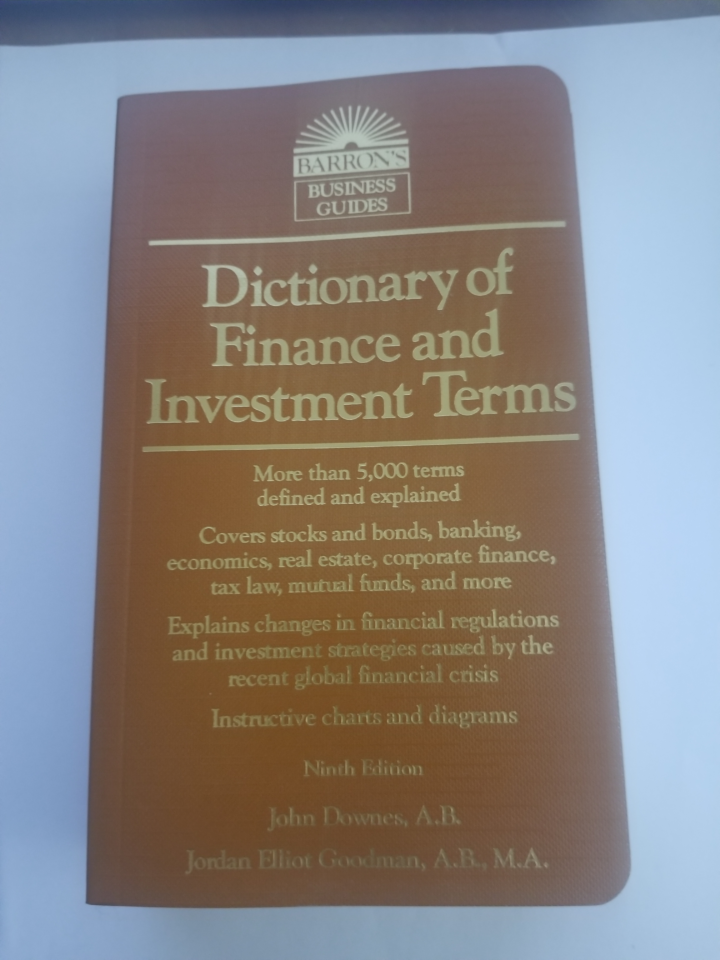Stacking investment returns against index performance is an inherently flawed approach to benchmarking. The forward-thinking innovators at Flexible Plan Investments give clients a more realistic way to assess performance.
Founder and President of Flexible Plan Investments Jerry Wagner posed two questions:
- Do you care about risk?
- Are you investing to reach a goal?
If the answer to both is yes, then it isn’t sensible, he says, to use the Standard & Poor’s 500 or any other index as a benchmark of success. First, regarding risk, the S&P 500 was no stranger to steep market declines in the last decade. And when it plummets 50 percent or more, which it has done twice in recent history, it’s not an index one wants to be mirroring.
“Return is important, but you can’t ignore risk,” says Wagner. “Think about a lottery ticket. Your return can be almost infinite, but your risk is almost 100 percent. You always have to view potential performance in terms of relative risk.”
Second, if you’re investing to reach a goal, which most investors are, then does it make sense to gauge your success against an index that isn’t relevant to that goal?
“The definition of true benchmarking is whether or not you’re on target to reach your goal, not whether you measure up to an arbitrary index,” says Wagner.
OnTarget Investing: Customized Benchmarks
Defining realistic goals and setting appropriate benchmarks is the premise behind the OnTarget Investing system at Flexible Plan Investments, a nearly four-decade-old active investment management firm that holds more than $2 billion in assets under management.
Based on financial goals and time horizons dictated by the client at the onset of the investing relationship, the firm produces regular, color-coded charts that show clients where their portfolio stands in relation to their long-term goals.
The key here is long term. Subjecting oneself to the unfair expectations of short-term results can lead to emotional, knee-jerk decisions. In a perfect world, Wagner says, investors would be encouraged to only review returns once a year, not even quarterly. Reason being, true market highs and lows are only fully known in hindsight, and often results cannot be properly evaluated in quarterly—much less daily—snapshots.
“If you’re measuring against an index, most investors get overly confident at market tops and overly discouraged at market bottoms,” he says. “But when they can evaluate their progress based on a simple chart that tells them whether or not they’re on target to meet their specified goal, it’s easier to sleep at night.”
My firm, Richard Oxford Financial, works with Flexible Plan and offers the OnTarget Investing program to clients.
“Plan Early and Plan Often!”™
As Seen In Bloomberg Businessweek, Fortune & Money
The information provided is intended to be general in nature and should not be construed as investment advice from Flexible Plan Investments Ltd., Richard Oxford Financial or Dutch Asset Corporation. Inherent in any investment is the potential for loss as well as the potential for gain. Prior to investing, read and understand the risk considerations in our Brochure Form ADV.


